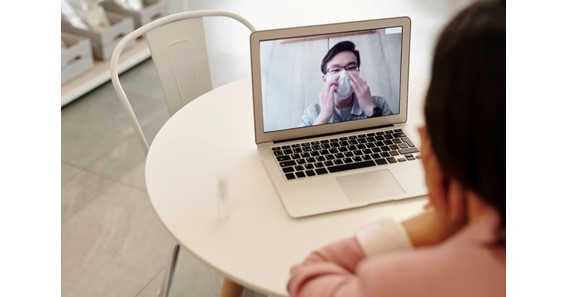Telehealth consultations are a great way to receive medical care from the comfort of one’s own home. They provide a wide range of benefits, such as convenience, cost savings and easy access to specialists.
Typically, the type of medical condition that a patient has will determine whether or not telehealth is suitable. Many medical practitioners also use telehealth software to check-in with existing patients who have long-term conditions and need follow-up care. It can also be beneficial in diagnosing sudden, acute health issues that do not require an in-person visit. But what medical conditions are suitable for video consultations?
- Routine Check-Ups: A telehealth visit is an ideal setting for a routine checkup, such as for an annual physical or to monitor chronic conditions like diabetes or high blood pressure.
- Minor Illnesses and Injuries: Telehealth can be used to diagnose and treat minor illnesses and injuries, such as sinus infections, rashes, strains and sprains.
- Mental Health Concerns: Telehealth can be used to help people with mental health issues manage their conditions on a regular basis. It can also be used to assess suicidal ideation or other urgent concerns.
- Diarrhea or Vomiting: Telehealth can be used to diagnose and treat common illnesses such as diarrhea or vomiting, especially if the patient does not need to undergo tests or procedures.
- Rashes and Skin Conditions: Telehealth can be used to diagnose and treat skin conditions such as allergic rashes, eczema or psoriasis.
- Headaches and Dizziness: Telehealth can be used to diagnose and treat headaches or dizziness that could potentially be caused by a variety of conditions such as migraines, infections, dehydration or vision issues.
- Medication Refills: Telehealth can be used to refill medications for certain conditions, such as high blood pressure or diabetes.
What Should Patients Have at Home?
A Device with Video Streaming Capabilities
To ensure safe and effective care, patients must have access to a device with video streaming capabilities and an internet connection that can accommodate fast data transfer speeds.
Patients should also be comfortable using the technology involved in connecting with their healthcare provider. If any part of the equipment or process is unfamiliar, it is vital that patients get help from a family member or friend before beginning the consultation.
A Well-Lit and Quiet Room
In addition to having the necessary technology and comfort level with using it, there must be suitable environmental conditions. The room where the patient will hold their consultation should be well-lit without too much background noise or distractions. Furthermore, any family members present should be quiet and respectful during the consultation so that the healthcare provider is able to communicate with the patient effectively.
Telehealth is an increasingly popular way to receive medical care, and it has the potential to help many people access quality care in a convenient and cost-effective manner. By understanding what conditions are necessary for successful telehealth consultations, you can ensure that your patient’s experience is safe and comfortable. With the right setup and appropriate environmental factors in place, patients can get quality care from the comfort of their home.
Click Here – Maximizing Sales Results through Effective Sales Quota Management Techniques






